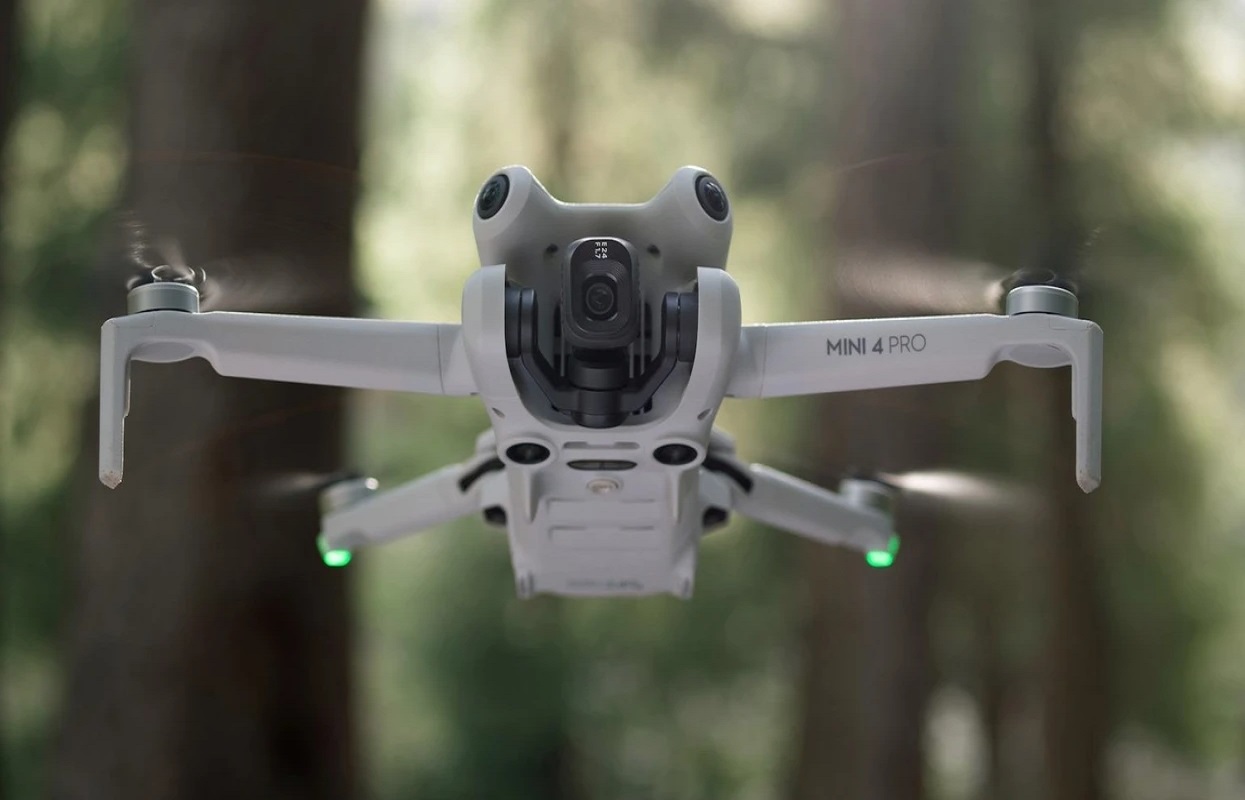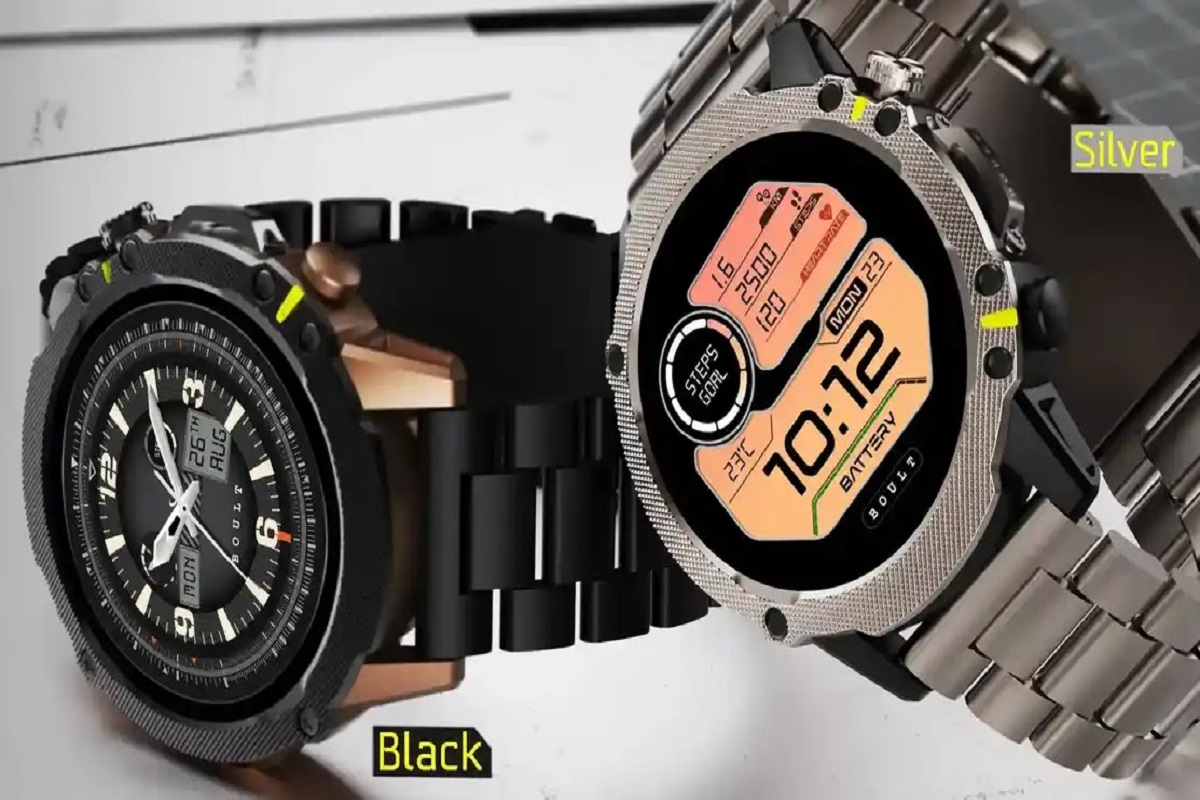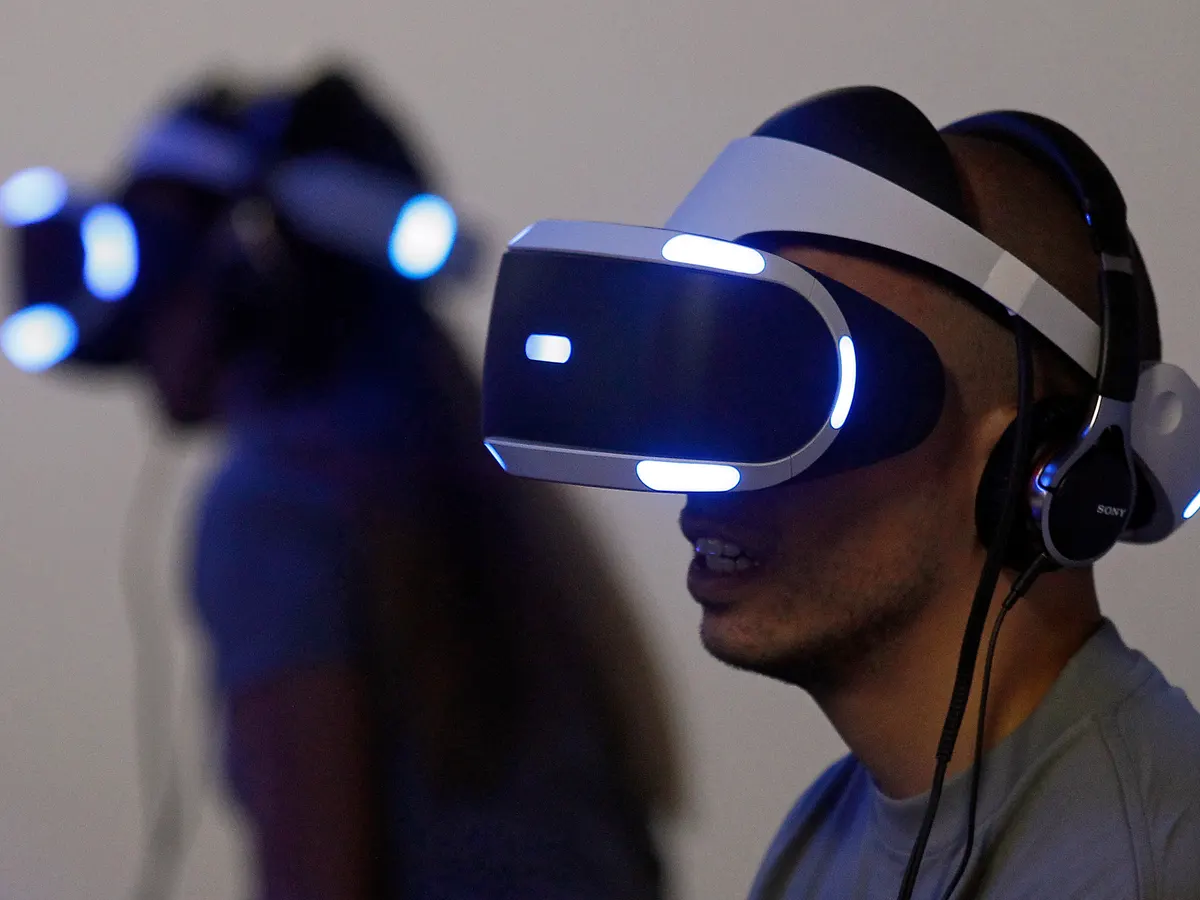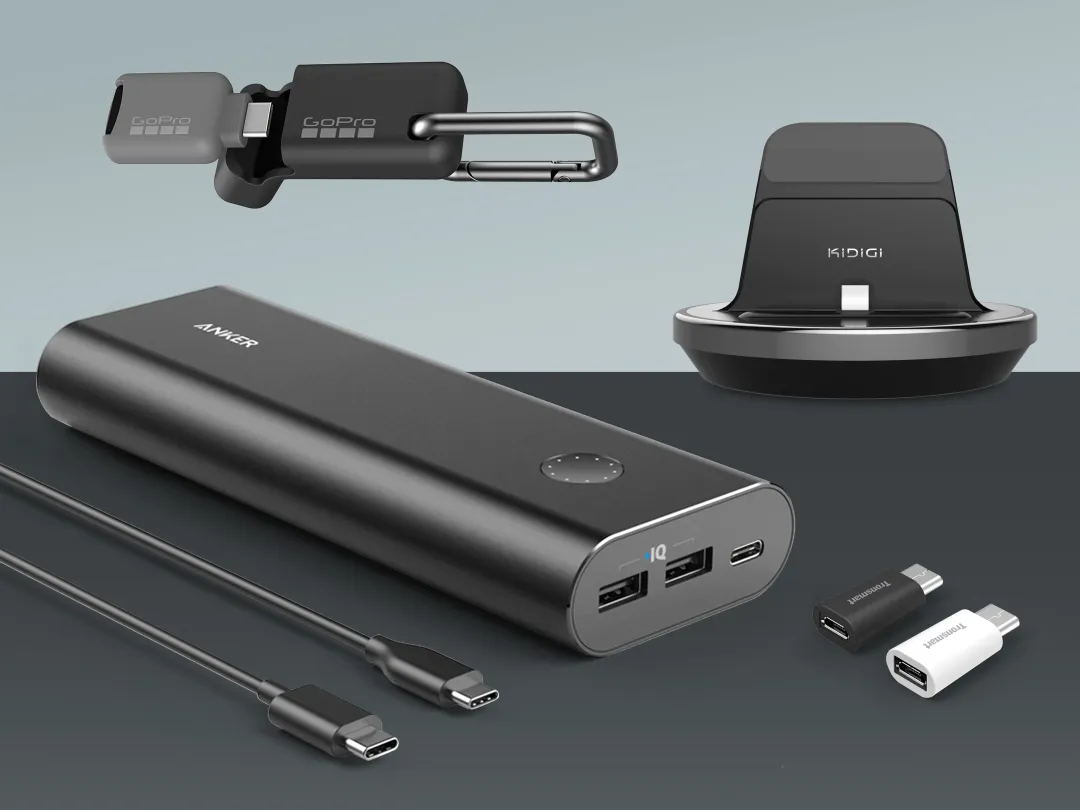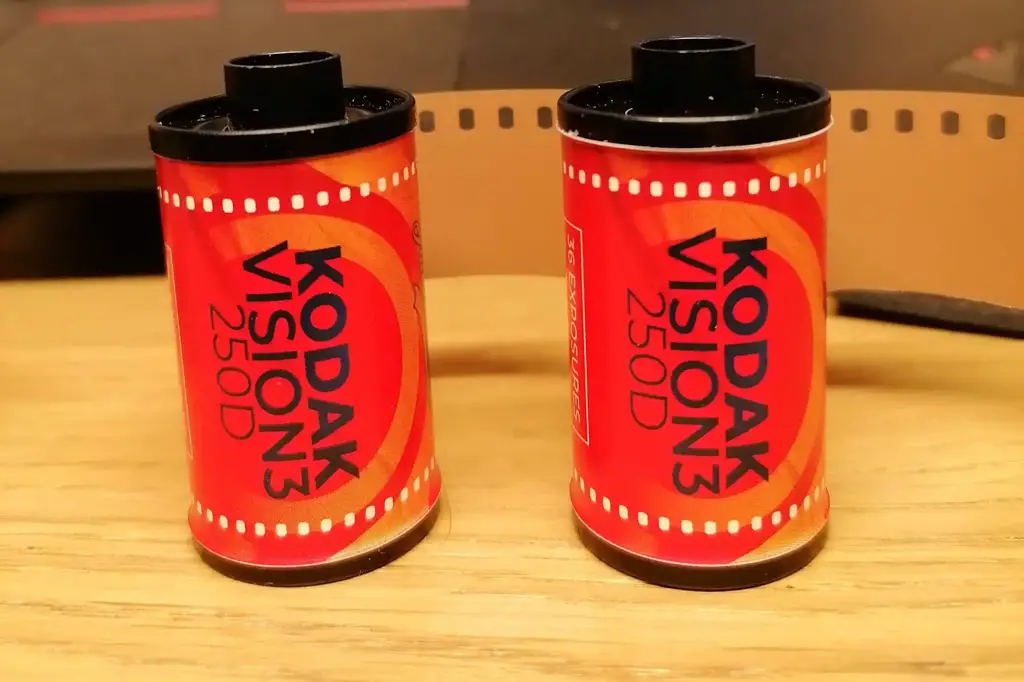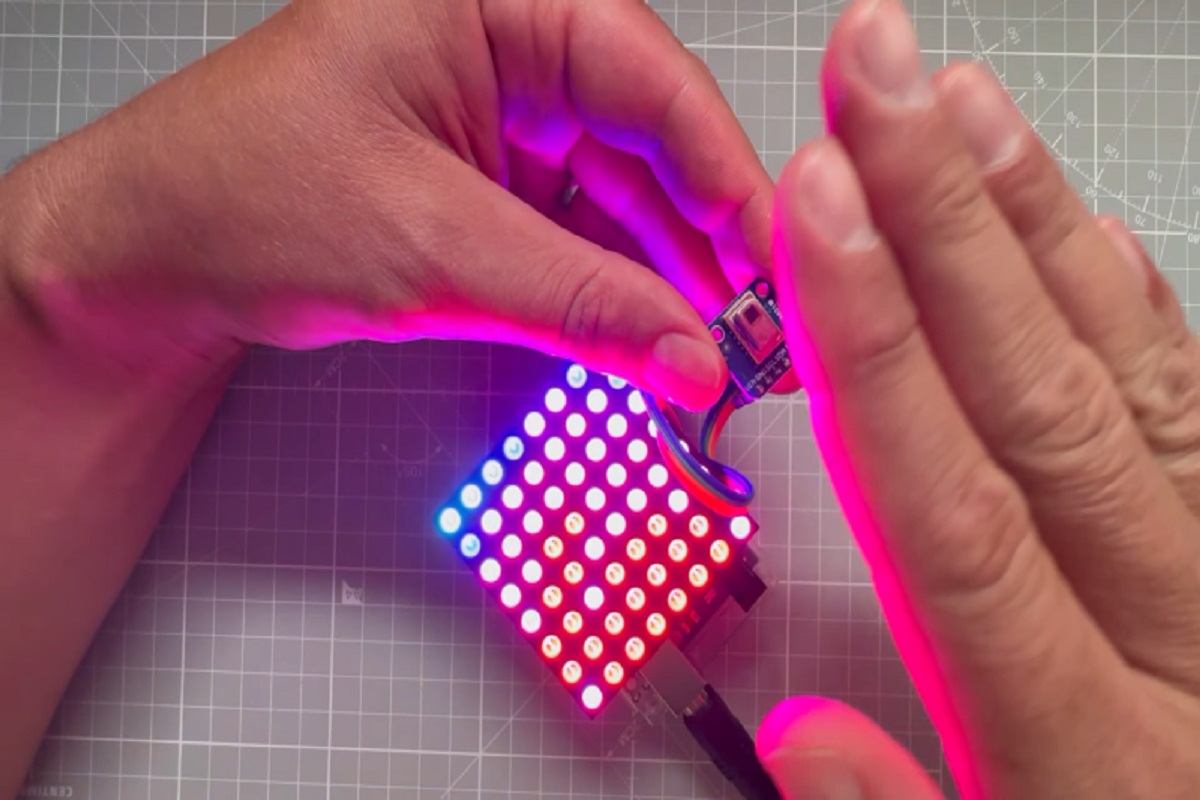In recent years, smartwatches have become extremely popular, much like smartphones. You can spot these nifty devices on people’s wrists almost everywhere you go. However, many folks who own smartwatches tend to use them primarily to check the time and occasionally explore a few features. Most of the time, the smartwatch screen remains idle. But considering the price of these devices, it’s a shame not to take full advantage of their capabilities.
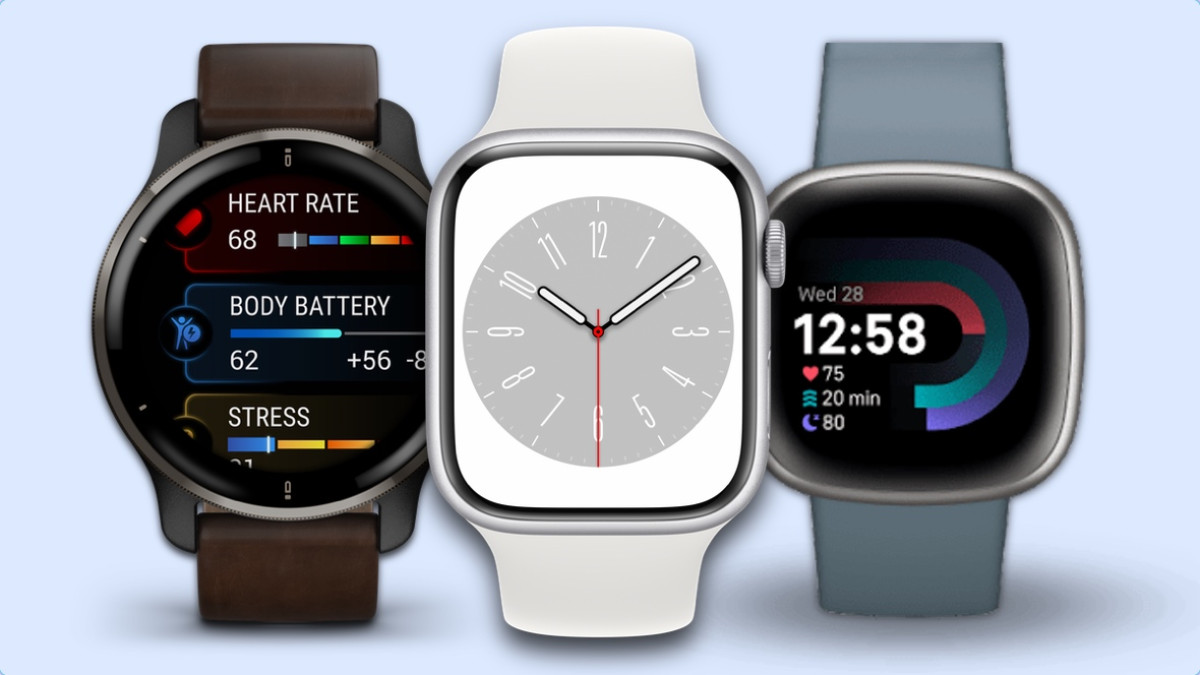
Smartwatches come packed with a variety of features that most users aren’t aware of. To truly make the most of your smartwatch and enhance your daily life, it’s essential to learn about some of its useful functions. By following these tips, you can simplify many of your daily tasks and save time in the process.
Many budget-friendly smartwatches now offer this crucial feature. These watches come equipped with a built-in speaker and microphone, allowing you to answer phone calls directly from your wrist. This feature can be incredibly handy when it’s challenging to reach for your smartphone.
With your smartwatch, you can manage your favorite music without touching your smartphone. Smartwatches have wireless music control, allowing you to pause, play, and even change tracks using your wristwatch.
Smartwatches also offer camera control functionality, much like music control. You can use your smartwatch to remotely press the shutter button on your phone’s camera. This way, you can capture moments without physically handling your phone, especially when it’s on a stand.
Ever found yourself searching high and low for your smartphone, only to realize it’s hiding in plain sight somewhere in the room? Don’t fret—your smartwatch can help. Many smartwatches come with a “Find My Phone” feature that assists you in locating your misplaced smartphone quickly.
Smartwatches now come equipped with a valuable feature to measure the oxygen levels in your body. This feature gained popularity after the COVID-19 pandemic, as it allows you to monitor your oxygen levels without the need for additional devices.
Alongside oxygen levels, smartwatches can also monitor your heart rate. This is particularly useful for individuals who engage in regular exercise or want to check their heart rate quickly after physical activity. With just a simple click on your smartwatch, you can instantly access your heart rate data.
